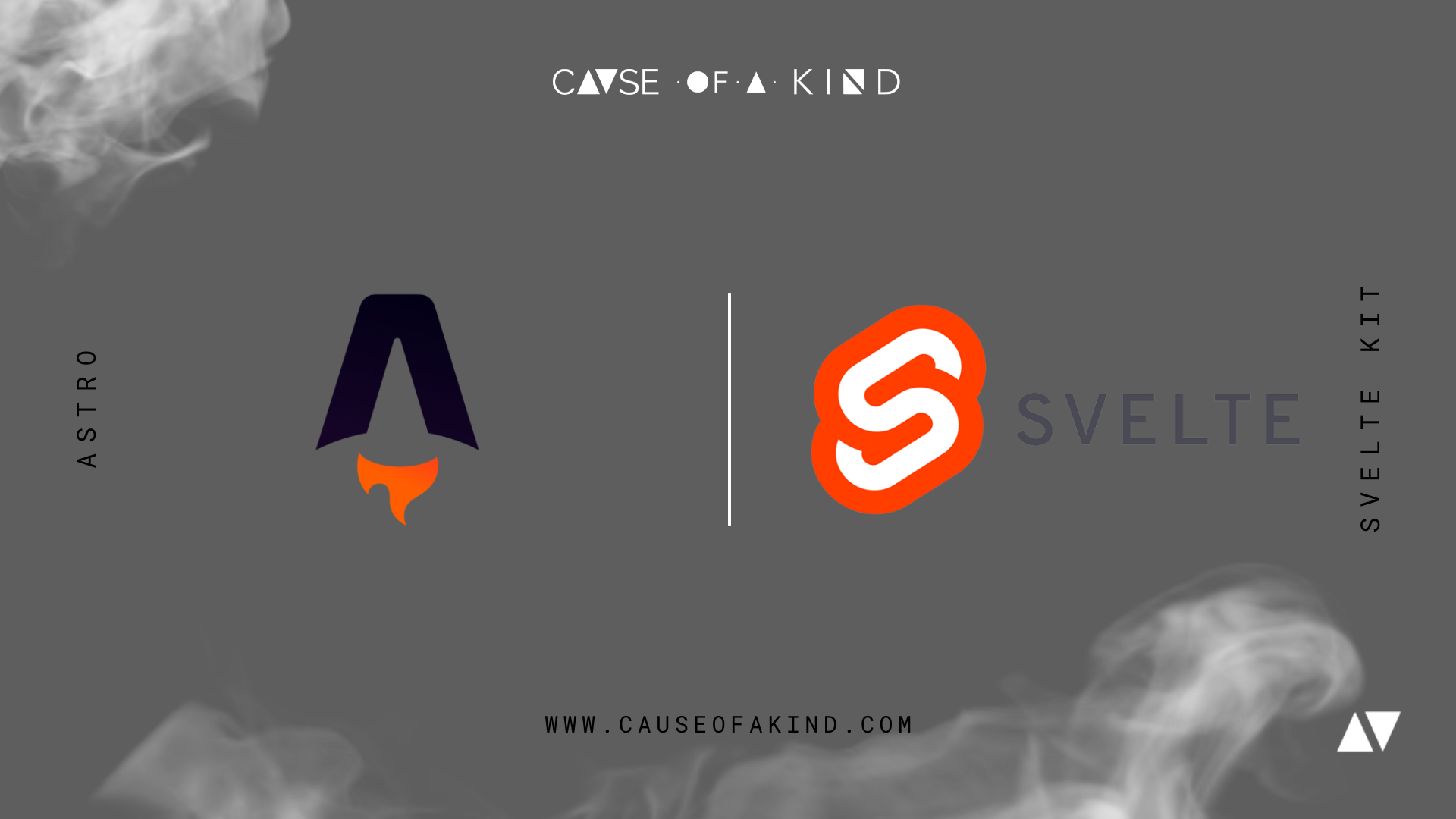What is the difference between Svelte Kit and Astro?
2023-02-17
Astro and SvelteKit are two of the most popular front-end development frameworks used to build modern web applications. Both frameworks are designed to make the development process more efficient and faster. However, there are some key differences between Astro and SvelteKit that developers need to consider before choosing one for their next project.
Features
Astro is a new framework that was launched in early 2021. It has gained popularity among developers due to its unique features that make it stand out from other front-end frameworks. Astro allows developers to use multiple front-end frameworks and libraries in the same project. This means that developers can use React, Vue, and Angular in the same project without worrying about compatibility issues.
Astro also has a built-in static site generator, which makes it easy to create static websites. The framework also supports server-side rendering, which improves website performance and SEO.
On the other hand, SvelteKit is a framework that is built on top of Svelte, a popular front-end framework. SvelteKit provides a lot of useful features such as server-side rendering, API endpoints, file-based routing, and more. SvelteKit is also very lightweight, which means that it loads fast and has a low memory footprint.
Ease of Use
Astro and SvelteKit both have a simple and easy-to-use API. However, Astro has a steeper learning curve compared to SvelteKit, especially for developers who are new to front-end development. Astro requires developers to learn a new syntax and concepts such as component queries, layout components, and more.
On the other hand, SvelteKit is relatively easier to learn, especially for developers who are already familiar with Svelte. SvelteKit follows a similar API to Svelte, which means that developers can quickly get started with building web applications.
Performance
Performance is one of the critical factors that developers consider when choosing a front-end framework. Astro and SvelteKit both prioritize performance, but they achieve it in different ways.
Astro achieves performance by using server-side rendering and preloading resources. This means that the website loads faster, and users get a better experience. Astro also supports lazy loading, which means that the website only loads the resources that the user needs, which further improves performance.
On the other hand, SvelteKit achieves performance by using client-side rendering and a lightweight approach. SvelteKit generates static HTML files for each page, which means that the website loads faster. SvelteKit also supports incremental hydration, which means that the website loads faster even on slower devices.
Community Support
Both Astro and SvelteKit have a growing community of developers who contribute to the framework's development and help other developers. However, SvelteKit has a larger community compared to Astro, mainly because it is built on top of Svelte, which has been around for a longer time.
Svelte has a lot of plugins, tools, and resources that are available for developers, which makes it easier to get started with SvelteKit. SvelteKit also has a vibrant community of developers who contribute to the development of the framework and help each other.
Conclusion
Astro and SvelteKit are two of the most popular front-end development frameworks that developers can use to build modern web applications. Both frameworks have their unique features, ease of use, performance, and community support that developers need to consider before choosing one for their next project.
Written by ChatGPT